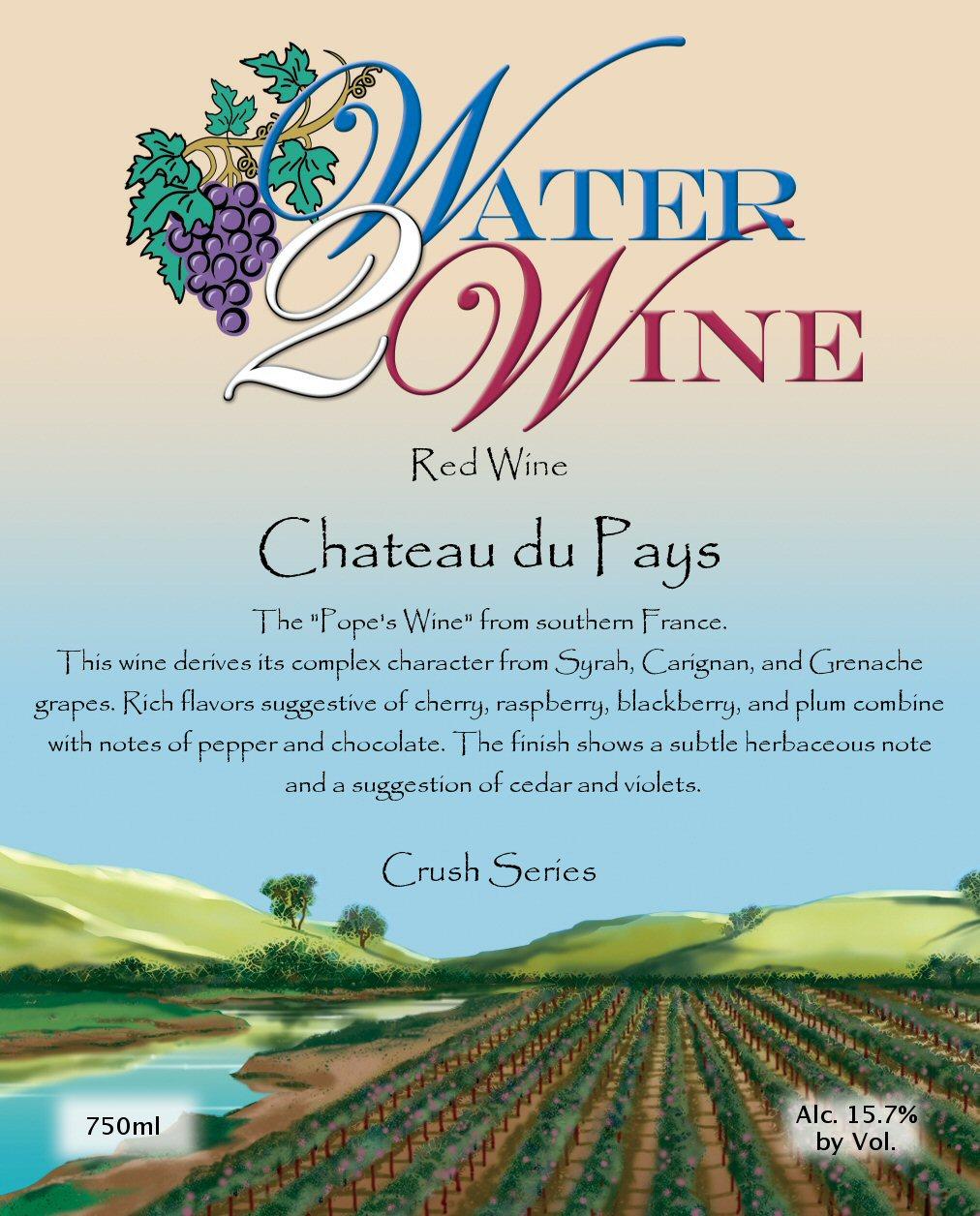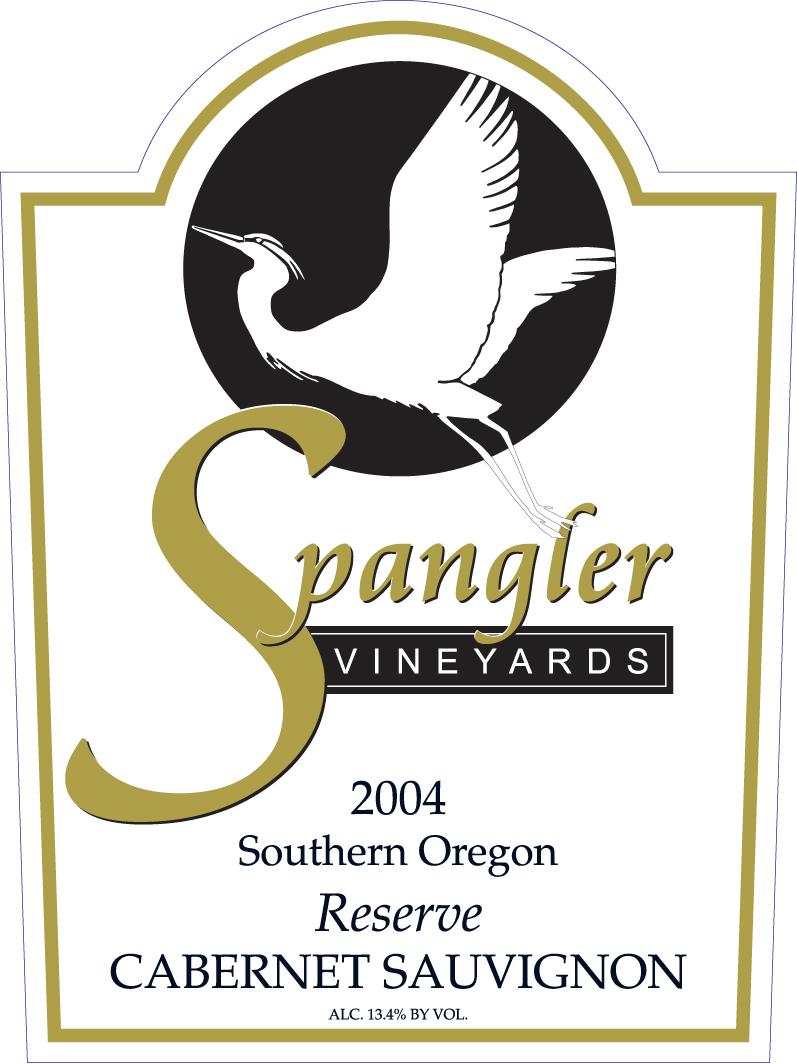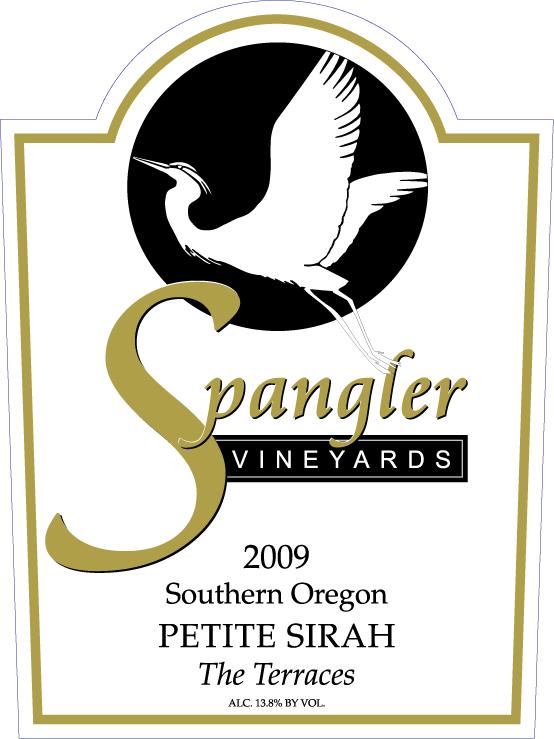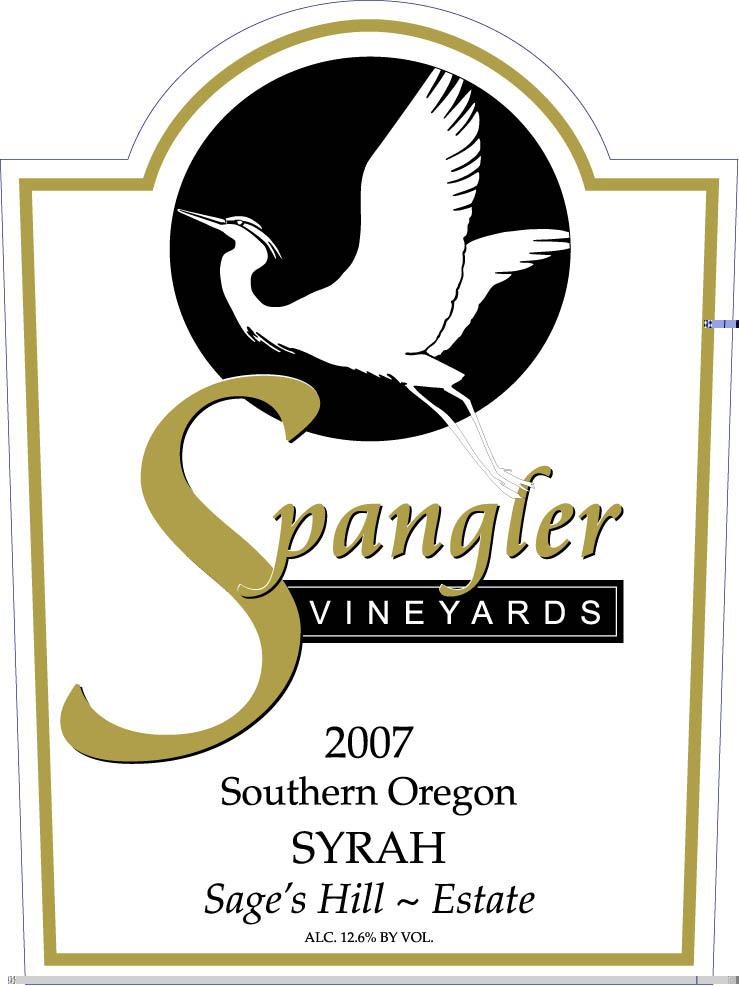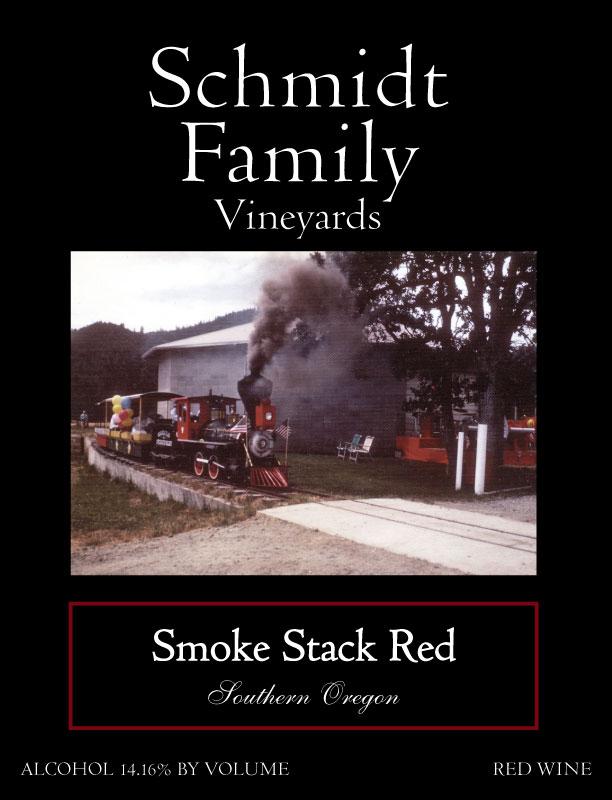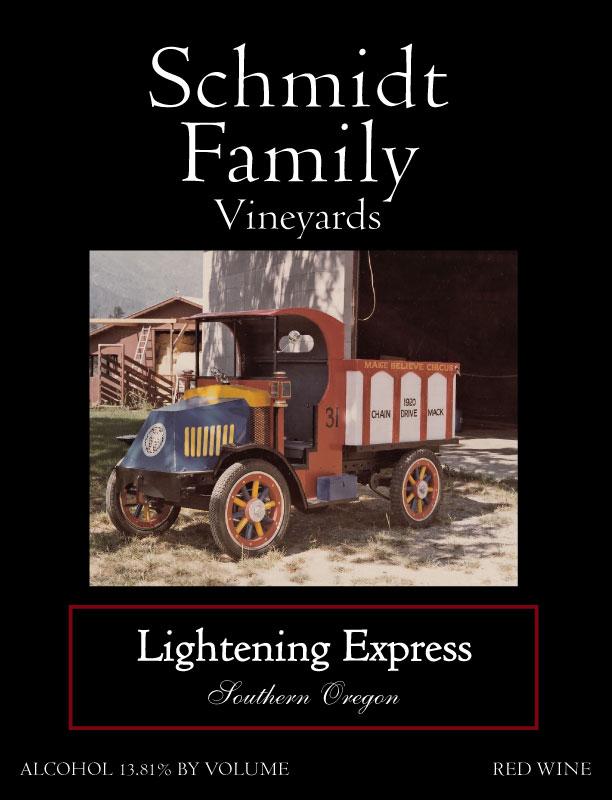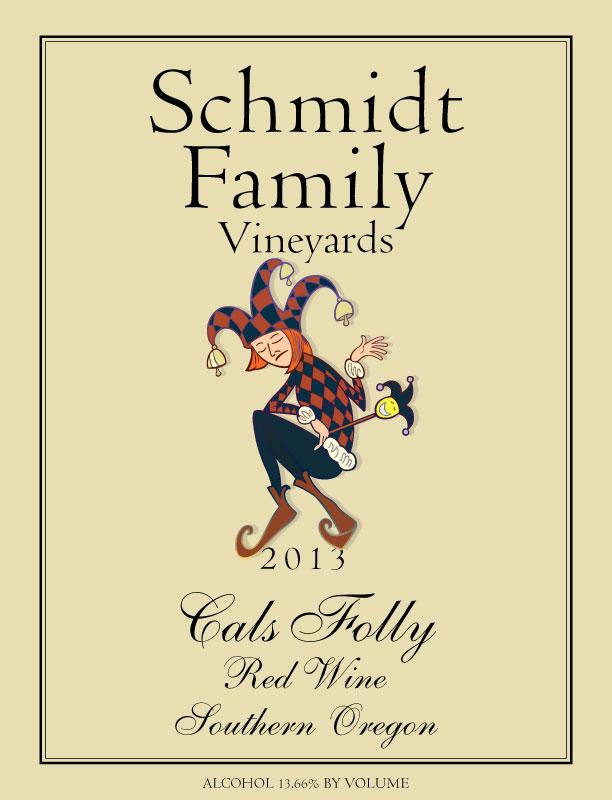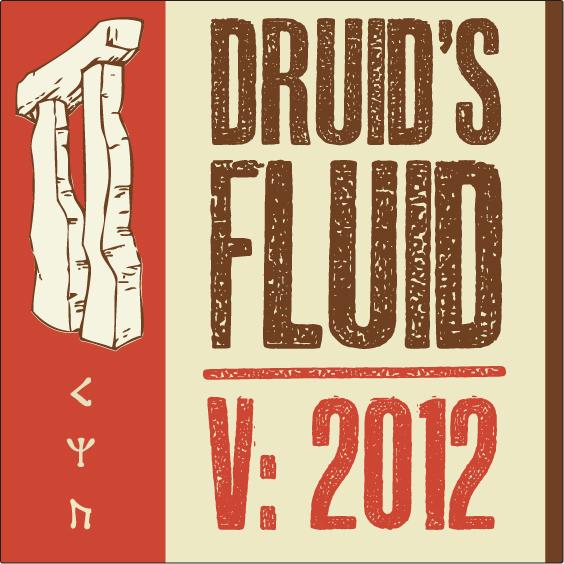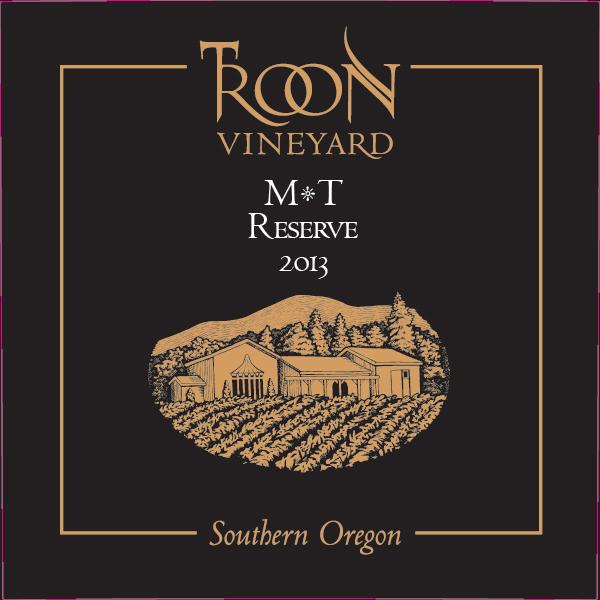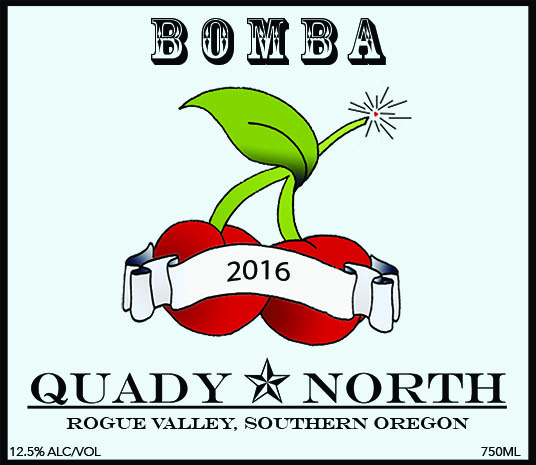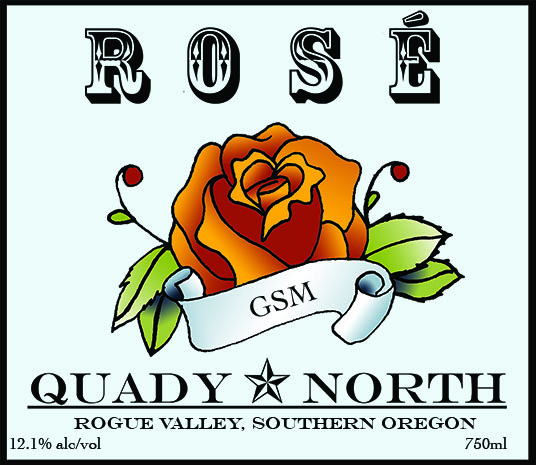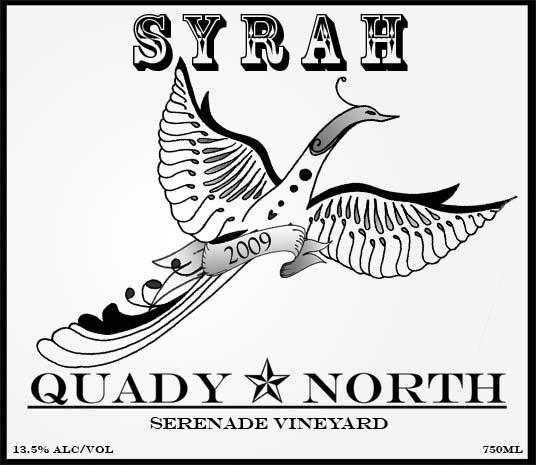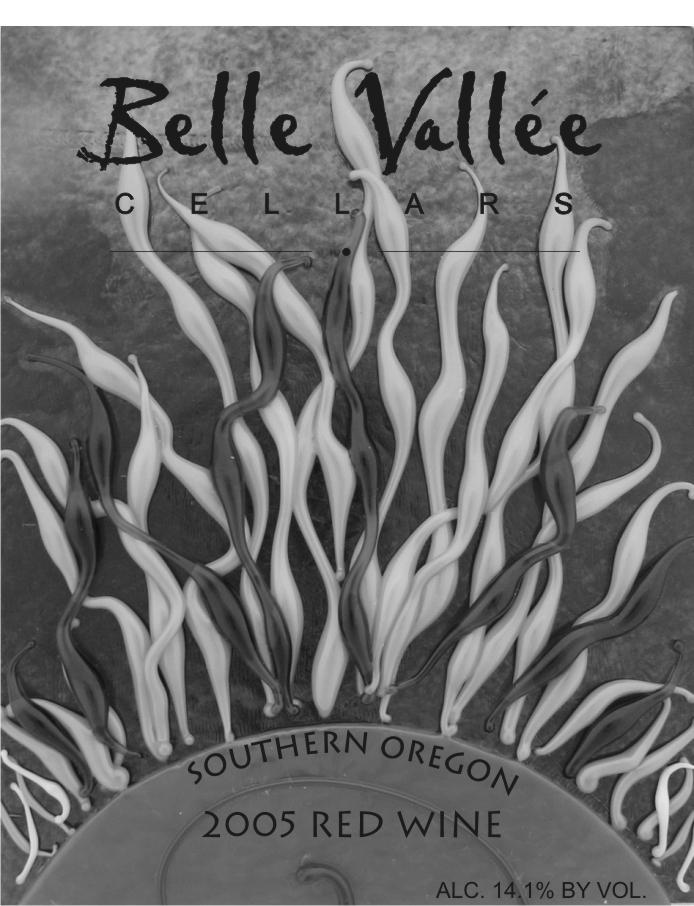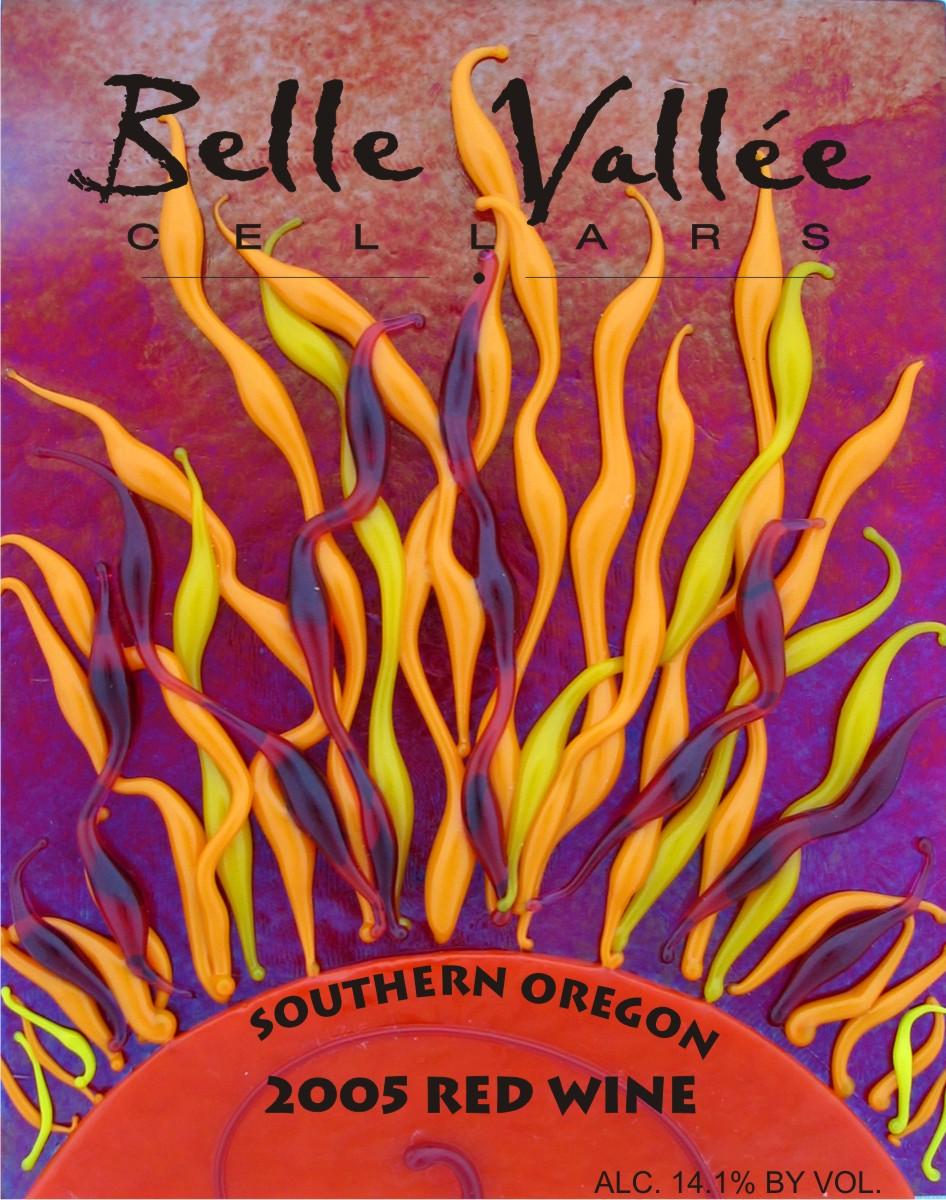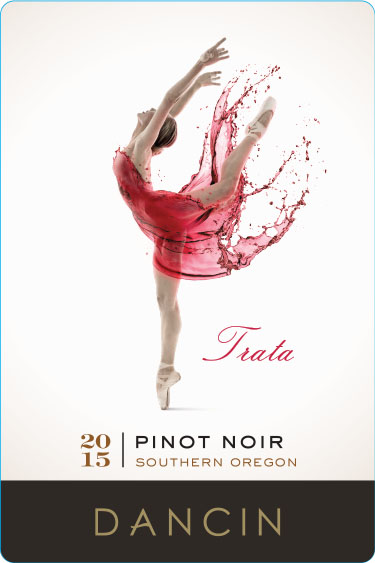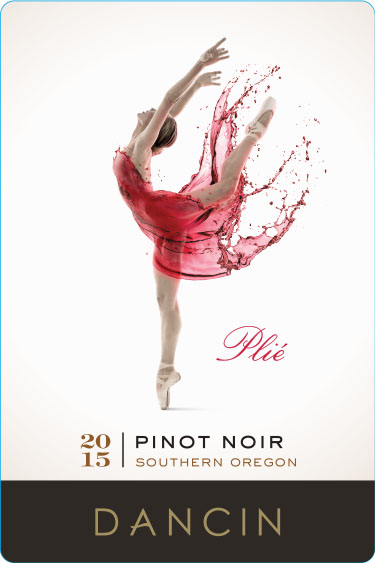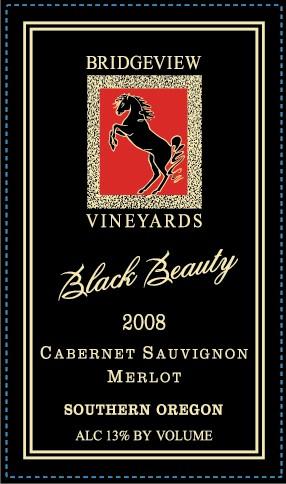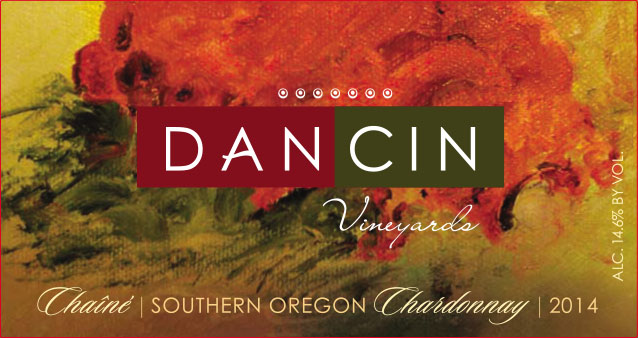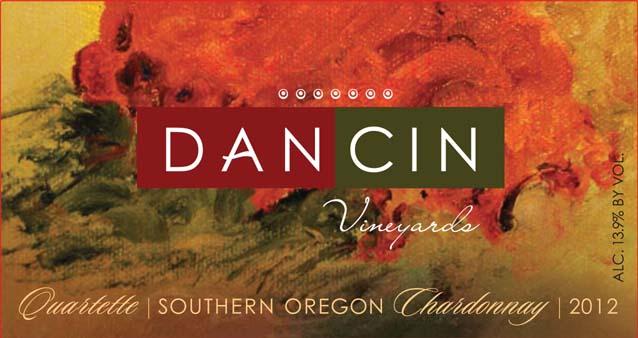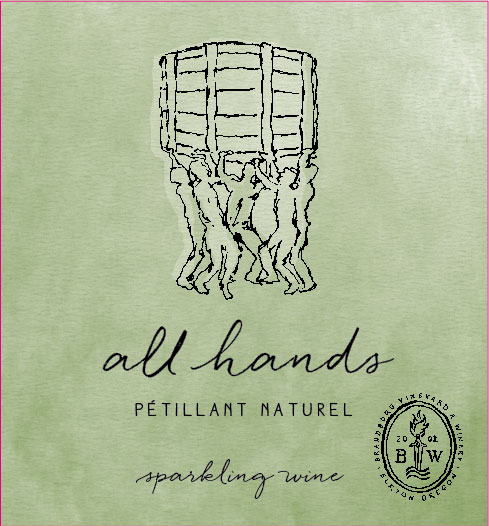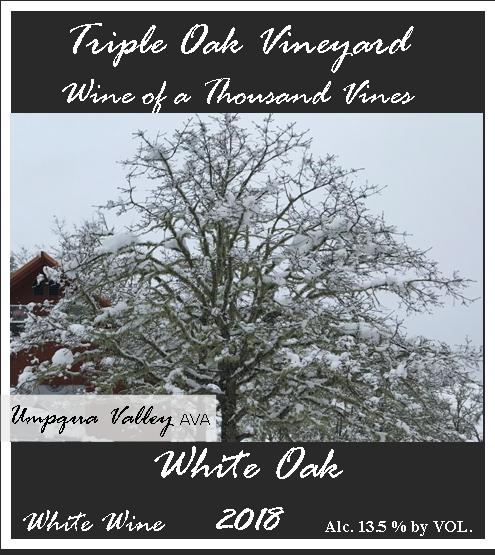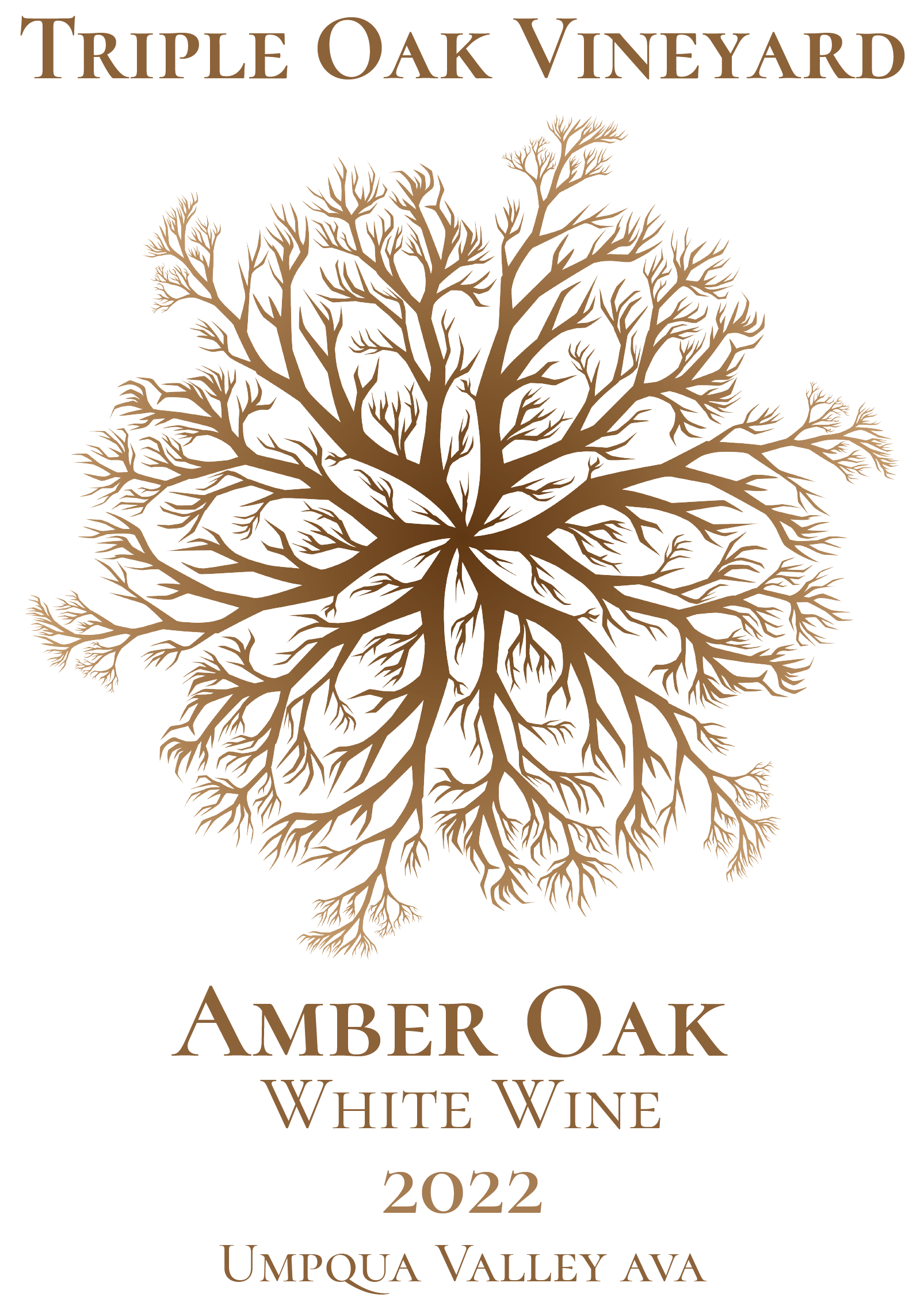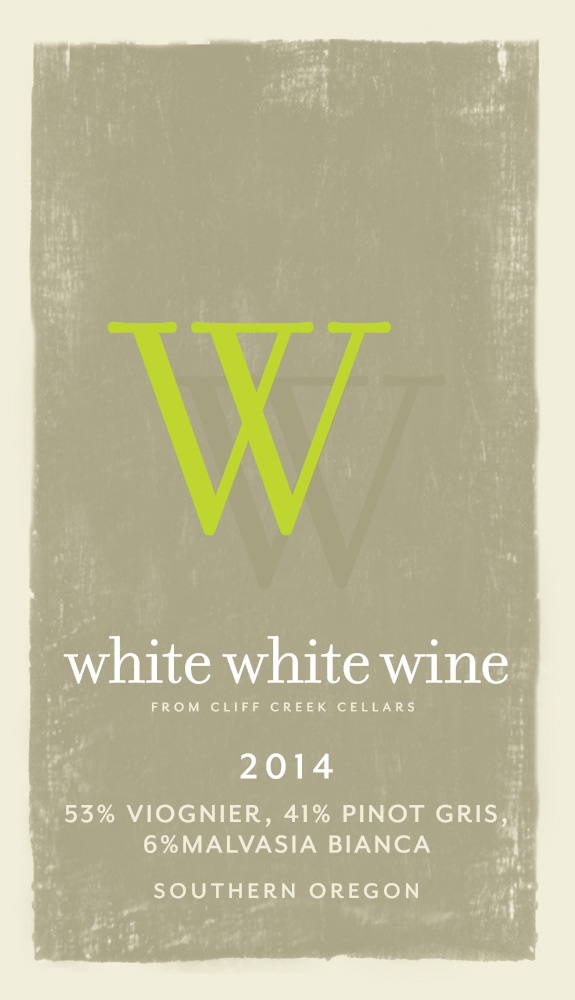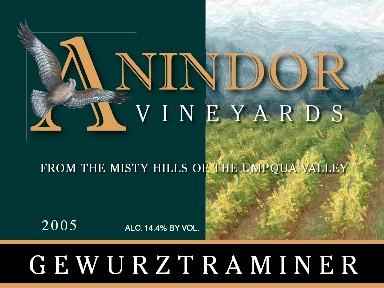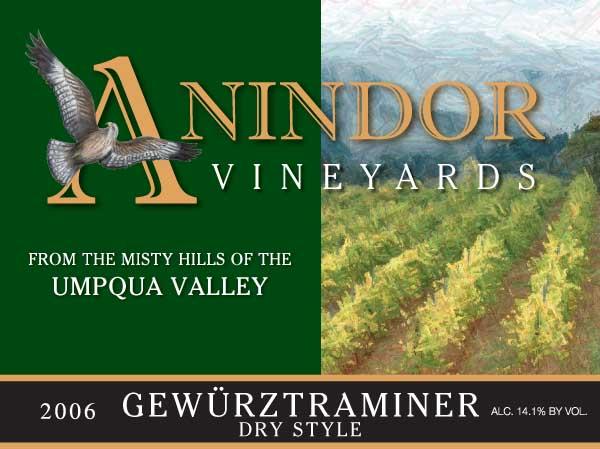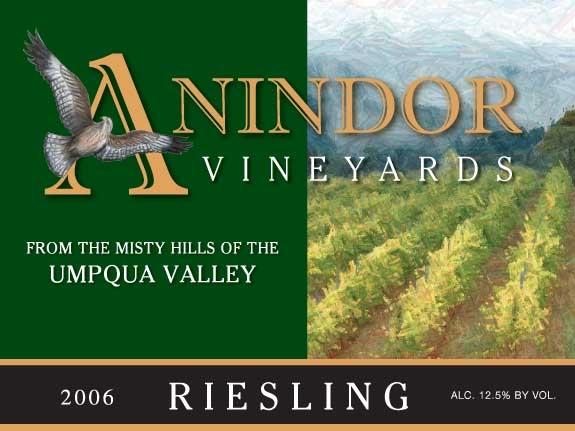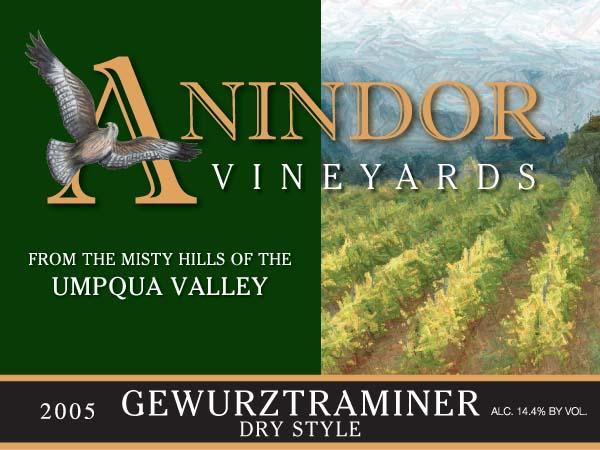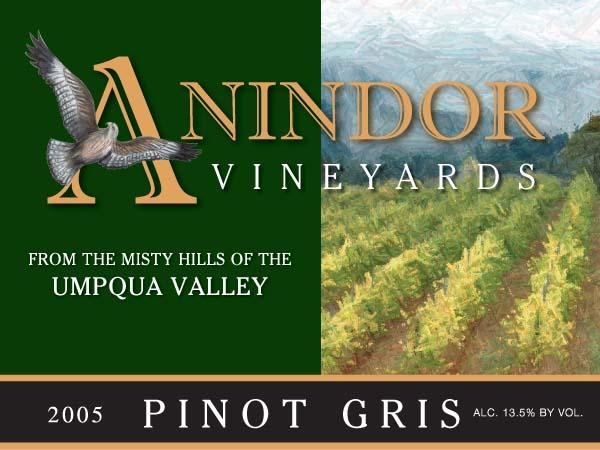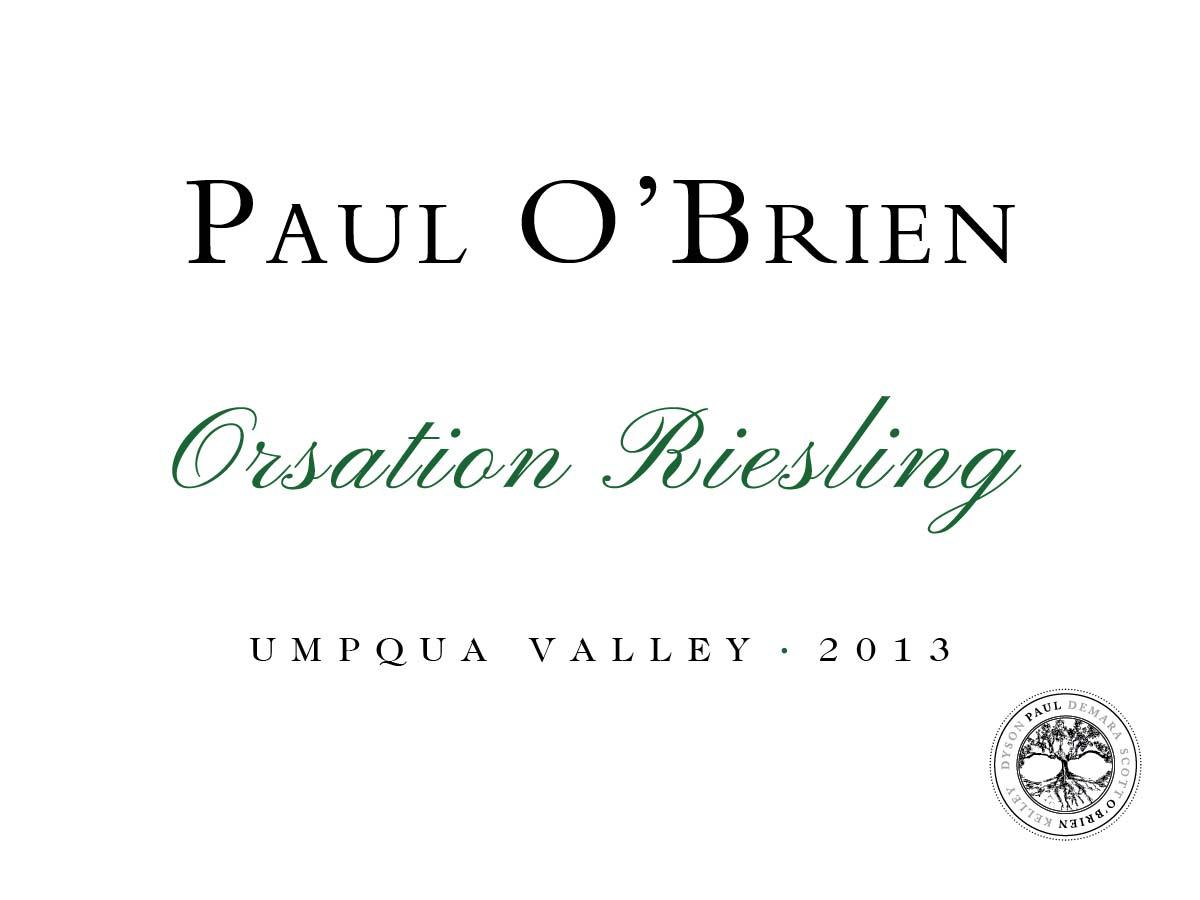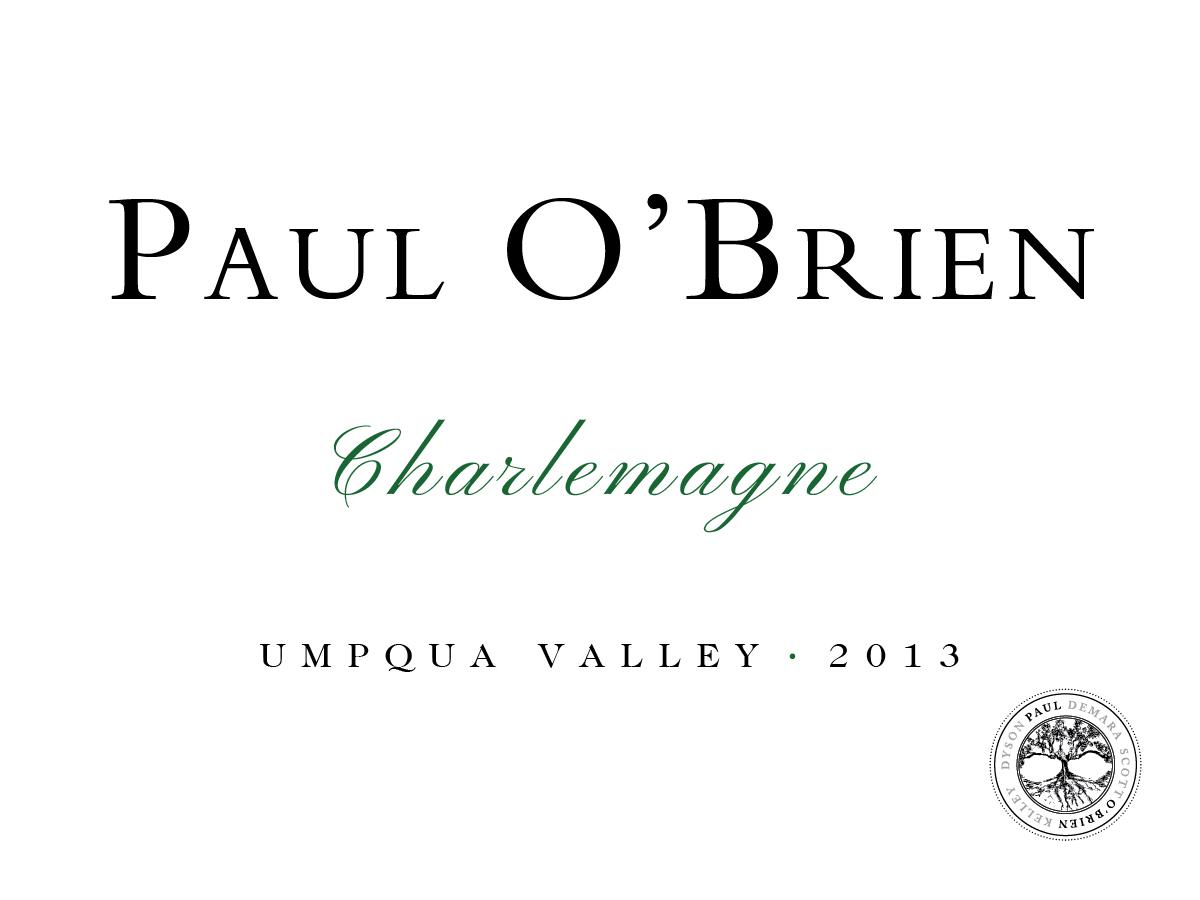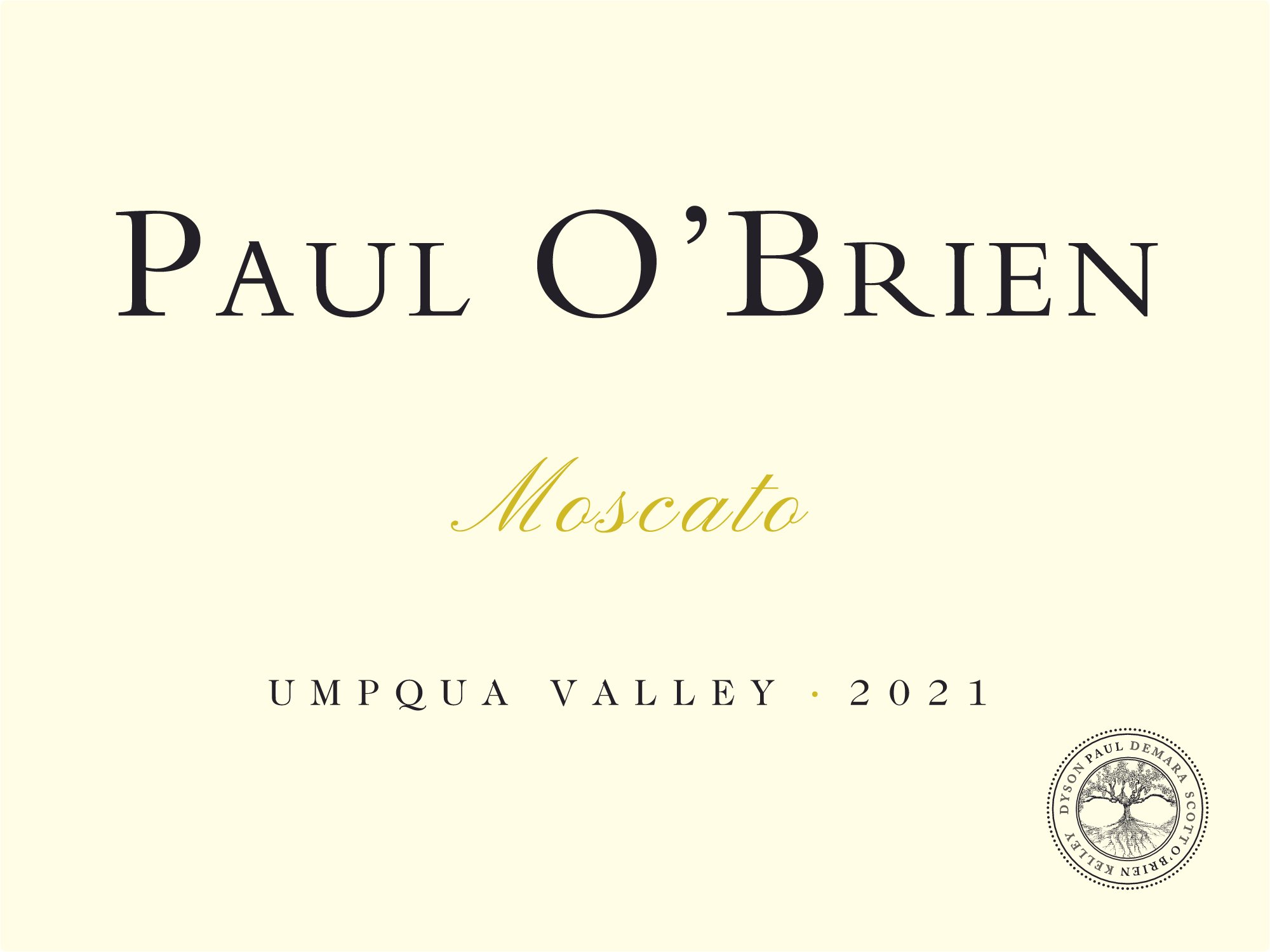Terroir of Southern Oregon
Southern Oregon enjoys a warm, sunny, and dry climate, distinct from the wetter Willamette Valley to the north. Most rainfall occurs in winter and spring, while summers are hot with significant temperature swings—up to 40°F between day and night. This extends the growing season, preserving grape acidity and promoting full ripeness.
The region's terrain is diverse, with soils ranging from marine sedimentary and decomposed granite to volcanic basalt and alluvial gravels. Vineyards are typically situated on hillsides at elevations between 1,000 and 2,000 feet, where well-drained, stony soils call for careful water management. The Coast Range provides partial protection from Pacific storms, and river corridors introduce cool air, creating ideal microclimates for early-ripening varieties. This combination of factors results in grapes with concentrated flavors and balanced structure.
Notable Wineries in Southern Oregon
Southern Oregon's wine scene is home to several standout wineries you should know about. Abacela, located in the Umpqua Valley, is famous for introducing Tempranillo outside of Spain and for its impressive Iberian-style reds.
Over in the Applegate Valley, Cowhorn Vineyard & Garden stands out for its certified biodynamic farming and Rhône-style blends. Troon Vineyard, also in the Applegate Valley, is all about warm-climate grapes like Grenache and Malbec, and they've even planted some Italian varieties such as Sangiovese and Nebbiolo. Then there's RoxyAnn Winery in the Rogue Valley, known for its strong collection of Bordeaux- and Rhône-inspired reds. Among the early trailblazers is HillCrest Vineyards in the Umpqua Valley, founded by Richard Sommer as the state's first post-Prohibition winery. Together, these producers from the Rogue, Applegate, Umpqua, and Elkton Oregon AVAs highlight the area's diverse terroirs and wine styles.
Sustainable Winemaking in Southern Oregon
In Southern Oregon, sustainability is at the heart of wine production. Many wineries adopt eco-friendly farming practices that fit the region’s dry climate and hilly terrain. Dry farming, minimal irrigation, and the use of cover crops help conserve water and prevent erosion. These practices are enhanced by certifications like organic, biodynamic, and Salmon-Safe, which promote environmental health and biodiversity.
Innovative solutions such as water recycling and gravity-flow systems further underscore the commitment to resource conservation. Programs like LIVE (Low Input Viticulture & Enology) are widely embraced, showcasing a collective dedication to preserving soil health, protecting habitats, and ensuring the long-term viability of vineyards. This approach not only sustains the environment but also supports the production of high-quality, flavorful wines that reflect Southern Oregon's unique terroir.
Wine Tourism in Southern Oregon
Southern Oregon stands out in wine tourism with its blend of natural beauty and rich wine culture. The region is home to tasting loops like the Rogue Valley and Applegate Valley wine trails, featuring numerous tasting rooms amid scenic oak-covered hills.
Visitors can explore by bike or e-bike, enjoying farm-to-table meals alongside wine tastings. The area's diverse outdoor activities, such as hiking at Crater Lake National Park or rafting the Rogue River, add to the allure. The backdrop of wild rivers, caves, and volcanic landscapes enhances the experience.
Annual events, including wine-and-food festivals and the Oregon Shakespeare Festival, ensure engaging year-round attractions. These elements, combined with the region's commitment to sustainability, create a unique and enriching wine tourism experience.



